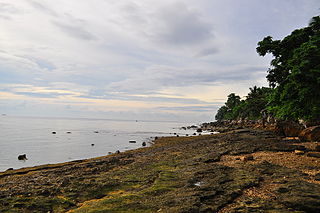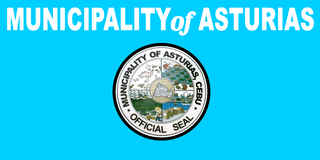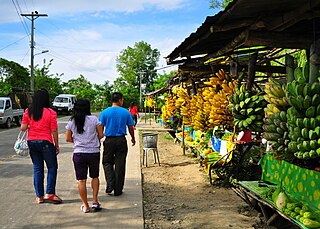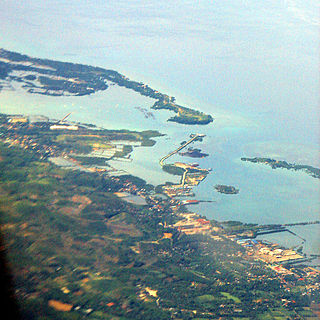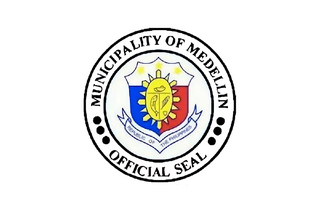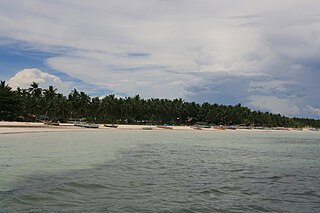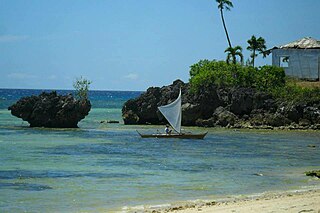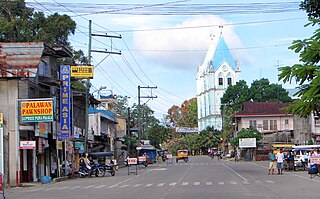San Fernando | |
|---|---|
| Municipality of San Fernando | |
 San Fernando Municipal Hall | |
| Anthem: San Fernando,Cebu hymn | |
 Map of Cebu with San Fernando highlighted | |
Location within the Philippines | |
| Coordinates: 10°10′N123°42′E / 10.17°N 123.7°E | |
| Country | Philippines |
| Region | Central Visayas |
| Province | Cebu |
| District | 1st district |
| Founded | 1858 |
| Barangays | 21 (see Barangays) |
| Government | |
| • Type | Sangguniang Bayan |
| • Mayor | Mytha Ann B. Canoy (PPP) |
| • Vice Mayor | Ricci Regen G. Reluya (NP) |
| • Representative | Rhea Mae A. Gullas |
| • Municipal Council | Members |
| • Electorate | 50,018 voters (2022) |
| Area | |
| • Total | 69.39 km2 (26.79 sq mi) |
| Elevation | 85 m (279 ft) |
| Highest elevation | 401 m (1,316 ft) |
| Lowest elevation | 0 m (0 ft) |
| Population (2020 census) [3] | |
| • Total | 72,224 |
| • Density | 1,000/km2 (2,700/sq mi) |
| • Households | 16,555 |
| Economy | |
| • Income class | 2nd municipal income class |
| • Poverty incidence | 15.00 |
| • Revenue | ₱ 244.9 million (2020) |
| • Assets | ₱ 725.5 million (2020) |
| • Expenditure | ₱ 257.5 million (2020) |
| • Liabilities | ₱ 101.9 million (2020) |
| Service provider | |
| • Electricity | Visayan Electric Company (VECO) |
| Time zone | UTC+8 (PST) |
| ZIP code | 6018 |
| PSGC | |
| IDD : area code | +63 (0)32 |
| Native languages | Cebuano Tagalog |
San Fernando, officially the Municipality of San Fernando (Cebuano : Lungsod sa San Fernando; Tagalog : Bayan ng San Fernando), is a second-class municipality in the province of Cebu, Philippines. According to the 2020 census, it has a population of 72,224 people. [3]
Contents
- Geography
- Barangays
- Climate
- Demographics
- Economy
- Notable personalities
- References
- Sources
- External links
San Fernando is bordered to the north by the City of Naga, to the west is the town of Pinamungajan, to the east is the Cebu Strait, and to the south is the city of Carcar. It is 29 kilometres (18 mi) from Cebu City.
San Fernando lies within Metro Cebu. [5]




